
# import pandas
import pandas as pd
# creating a DataFrame
pd.DataFrame({'Yes': [50, 31], 'No': [101, 2]})

# another example of creating a dataframe
pd.DataFrame({'Bob': ['I liked it.', 'It was awful.'], 'Sue': ['Pretty good.', 'Bland']})
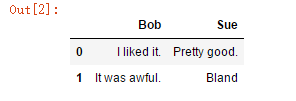
pd.DataFrame({'Bob': ['I liked it.', 'It was awful.'],
'Sue': ['Pretty good.', 'Bland.']},
index = ['Product A', 'Product B'])

# creating a pandas series
pd.Series([1, 2, 3, 4, 5])
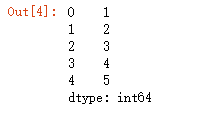
# we can think of a Series as a column of a DataFrame.
# we can assign index values to Series in same way as pandas DataFrame
pd.Series([10, 20, 30], index=['2015 sales', '2016 sales', '2017 sales'], name='Product A')

# reading a csv file and storing it in a variable
wine_reviews = pd.read_csv("F:\kaggleDataSet\wine-reviews\winemag-data-130k-v2.csv")
# we can use the 'shape' attribute to check size of dataset
wine_reviews.shape

# To show first five rows of data, use 'head()' method
wine_reviews.head()

wine_reviews = pd.read_csv("F:\kaggleDataSet\wine-reviews\winemag-data-130k-v2.csv", index_col=0)
wine_reviews.head()

wine_reviews.head().to_csv("F:\wine_reviews.csv")
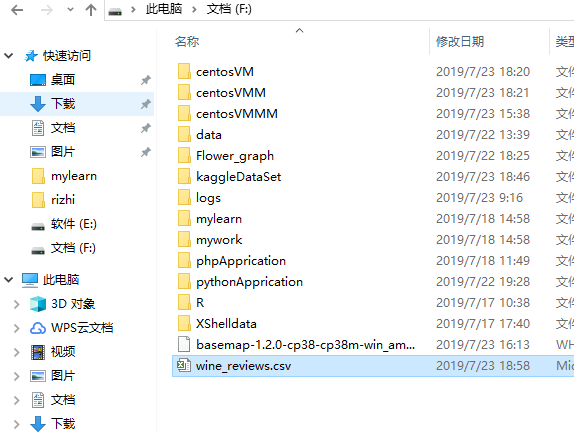
import pandas as pd
reviews = pd.read_csv("F:\kaggleDataSet\wine-reviews\winemag-data-130k-v2.csv", index_col=0)
pd.set_option("display.max_rows", 5)

# access 'country' property (or column) of 'reviews'
reviews.country

# Another way to do above operation
# when a column name contains space, we have to use this method
reviews['country']

# To access first row of country column
reviews['country'][0]

# returns first row
reviews.iloc[0]

# returns first column (country) (all rows due to ':')
reviews.iloc[:, 0]

# retruns first 3 rows of first column
reviews.iloc[:3, 0]

# we can pass a list of indices of rows/columns to select
reviews.iloc[[0, 1, 2, 3], 0]

# We can also pass negative numbers as we do in Python
reviews.iloc[-5:]
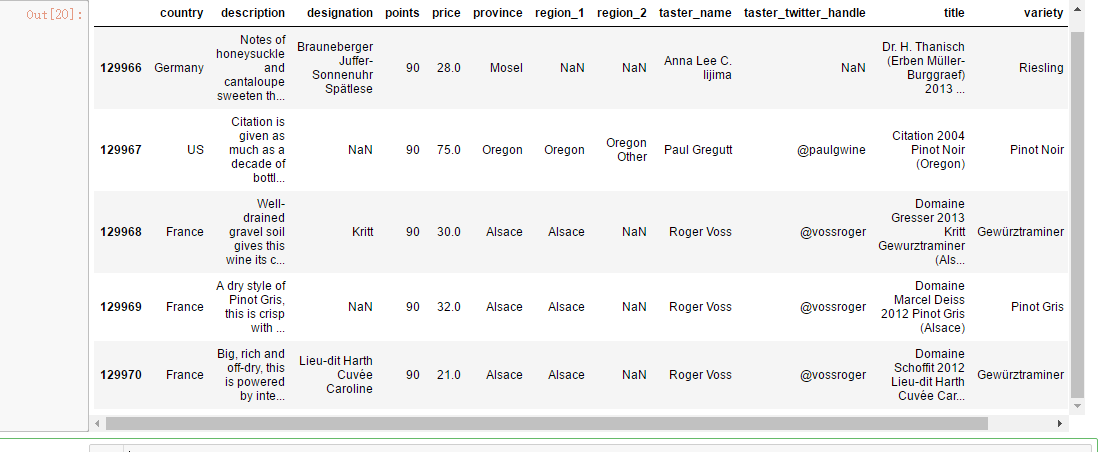
# To select first entry in country column
reviews.loc[0, 'country']

# select columns by name using 'loc'
reviews.loc[:, ['taster_name', 'taster_twitter_handle', 'points']]
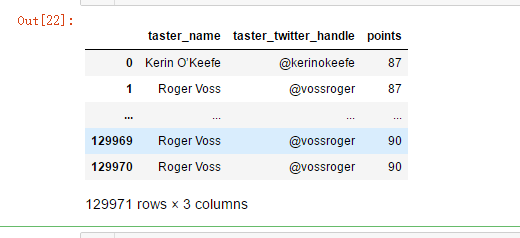
# 'set_index' to the 'title' field
reviews.set_index('title')

# 1. Find out whether wine is produced in Italy
reviews.country == 'Italy'

# 2. Now select all wines produced in Italy
reviews.loc[reviews.country == 'Italy'] #reviews[reviews.country == 'Italy']

# Add one more condition for points to find better than average wines produced in Italy
reviews.loc[(reviews.country == 'Italy') & (reviews.points >= 90)] # use | for 'OR' condition
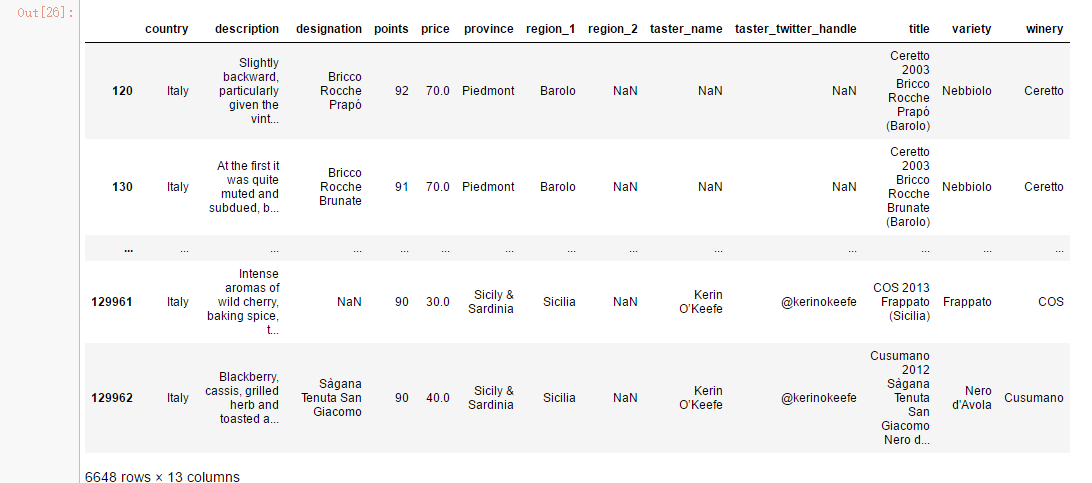
reviews.loc[reviews.country.isin(['Italy', 'France'])]
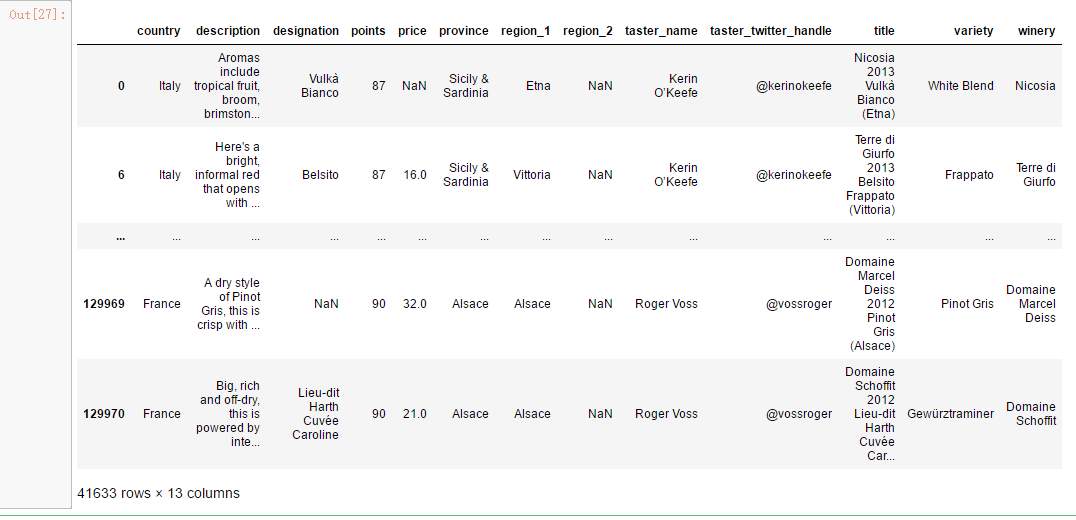
reviews.loc[reviews.price.notnull()]
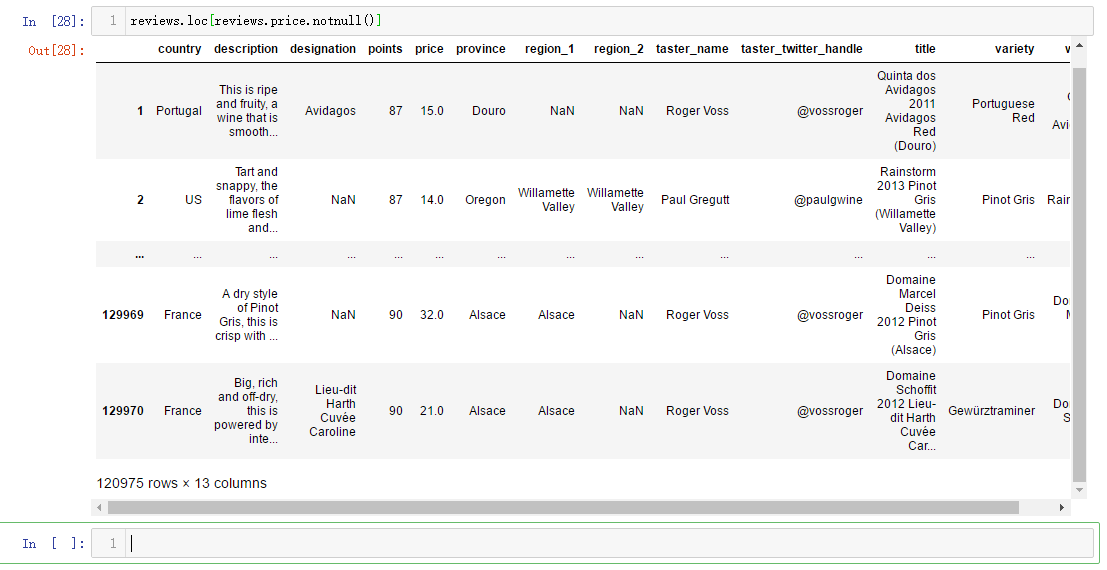
reviews['critic'] = 'everyone'
reviews.critic

# using iterable for assigning
reviews['index_backwards'] = range(len(reviews), 0, -1)
reviews['index_backwards']





























